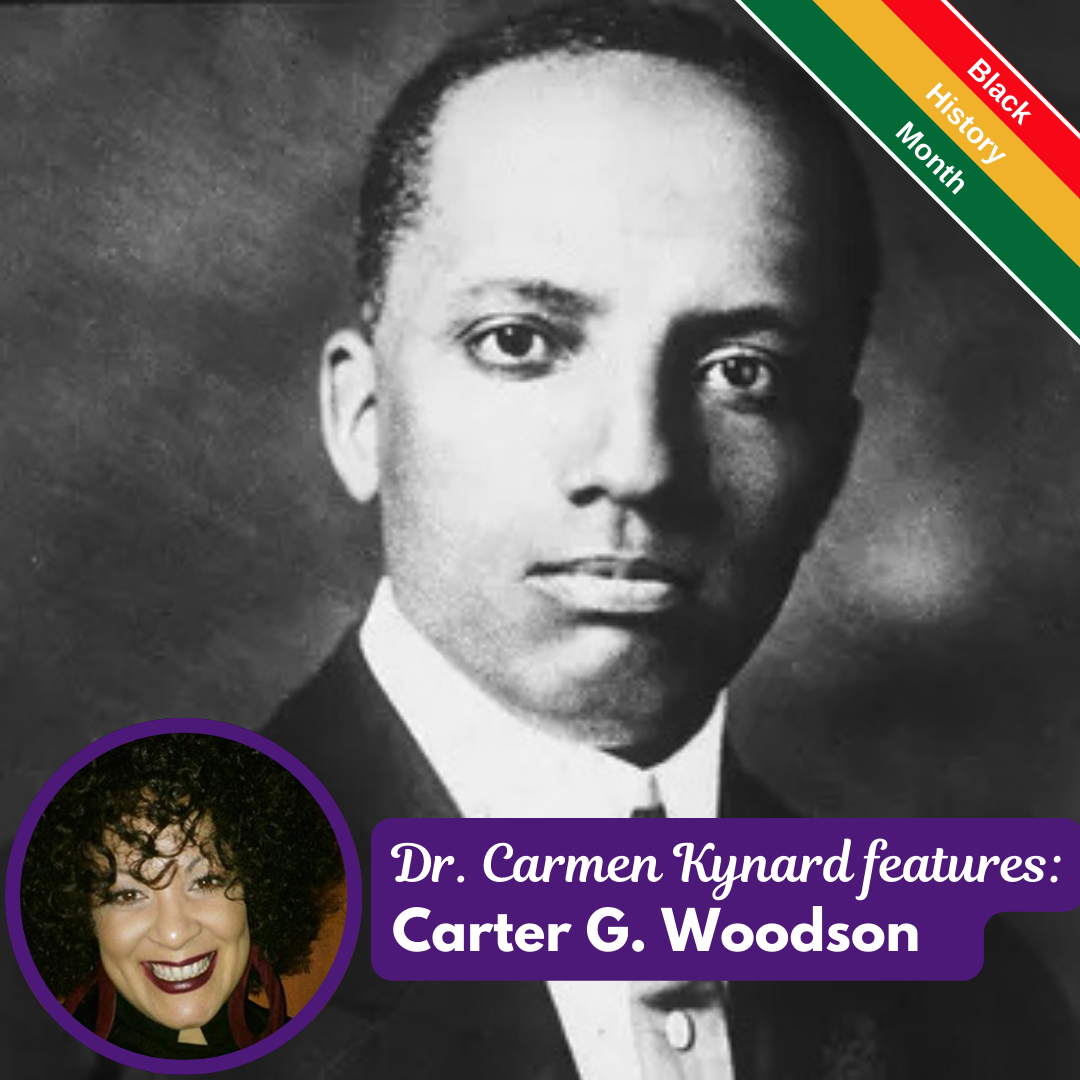
"Woodson was creating what we now call an anti-racist, community-based, youth-centered, writing-intensive, and multimodal style of teaching and learning."
In a political moment where various institutions falsely assume they can cancel Black History Month as just another D.E.I. ban, it is important to remember Carter G. Woodson. Black History Month was created by Woodson as Black History Week more than one hundred years ago. He approached the purpose and design as what many now call a fugitive pedagogy. His focus was on Black youth as multimodal archivists and curators. Black youth were guided in interviewing elders and exploring their own family and community records. From there, they created performances and built artifact libraries. At the same time, they curated their ideas about the political issues they were facing via writing, music, and dance. Woodson was creating what we now call an anti-racist, community-based, youth-centered, writing-intensive, and multimodal style of teaching and learning. His vision was a quintessential Sankofa-move (Sankofa is a Twi word from the Akan of Ghana that has been used for decades to galvanize Black struggle. Sankofa loosely translates to “go back and get it.” Its common Adinkra symbol is of a bird looking backwards with an egg in her mouth while flying majestically forward). Woodson’s approach to Black History Month is even more important today: Black youth can always remake the world, walk with the elders and ancestors at their sides, and step boldly into the anti-racist futures they deserve.
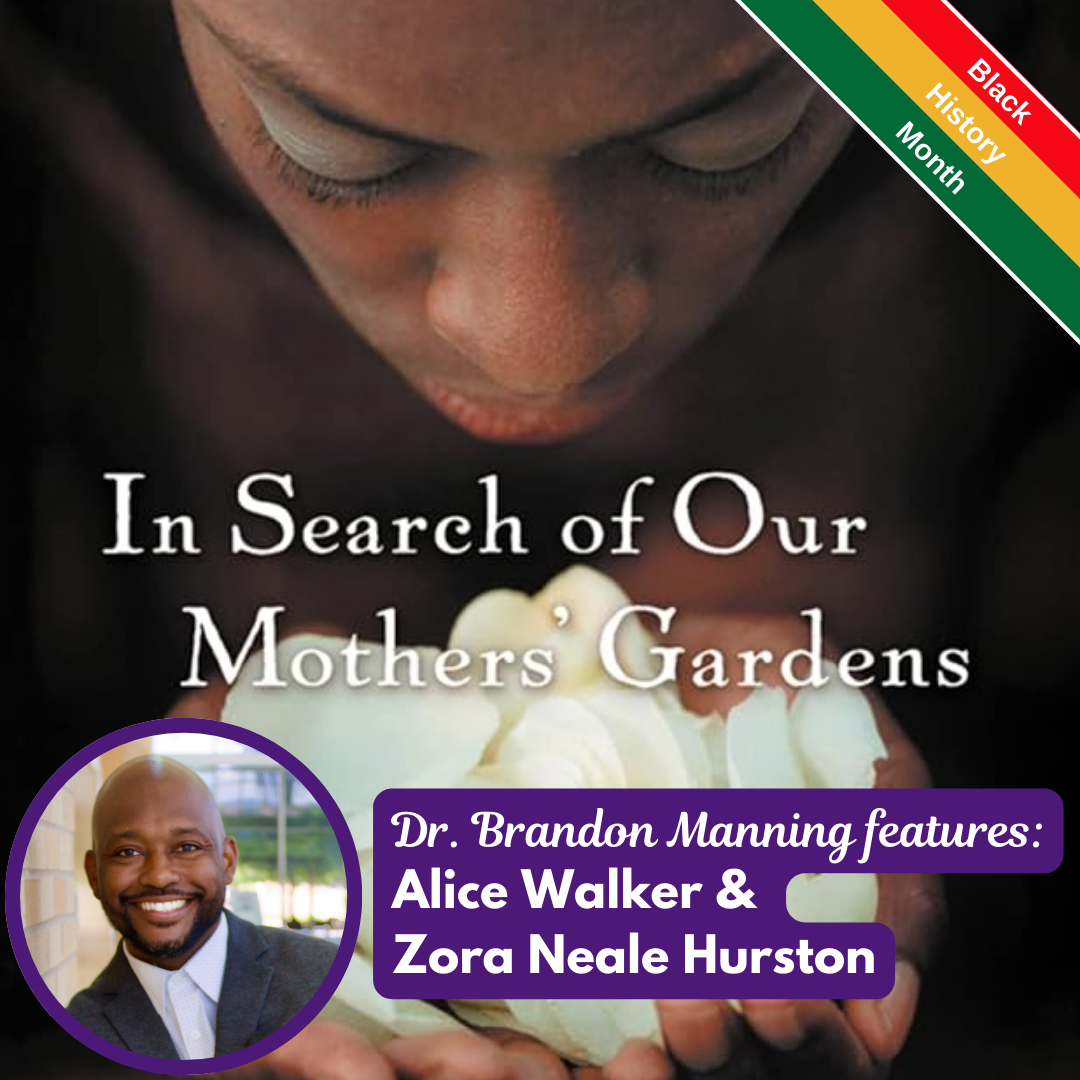
Black History Month is "a moment of self and communal discovery.”
Brandon Manning describes Black History Month as “a moment of self and communal discovery.” One important contribution to this moment is Alice Walker’s 1983 book In Search of Our Mother’s Gardens, where Walker relates her journey to find the unmarked grave of Zora Neale Hurston, an American writer, anthropologist, folklorist, and documentary filmmaker. “Hurston was a literary foremother for Walker,” says Manning, “yet she passed in obscurity and wasn’t celebrated.” As a result of Walker’s efforts, the Zora Neale Hurston Society now gathers annually to discuss and celebrate Hurston’s life and literature. Black History Month, according to Manning, would be incomplete without Black literature.
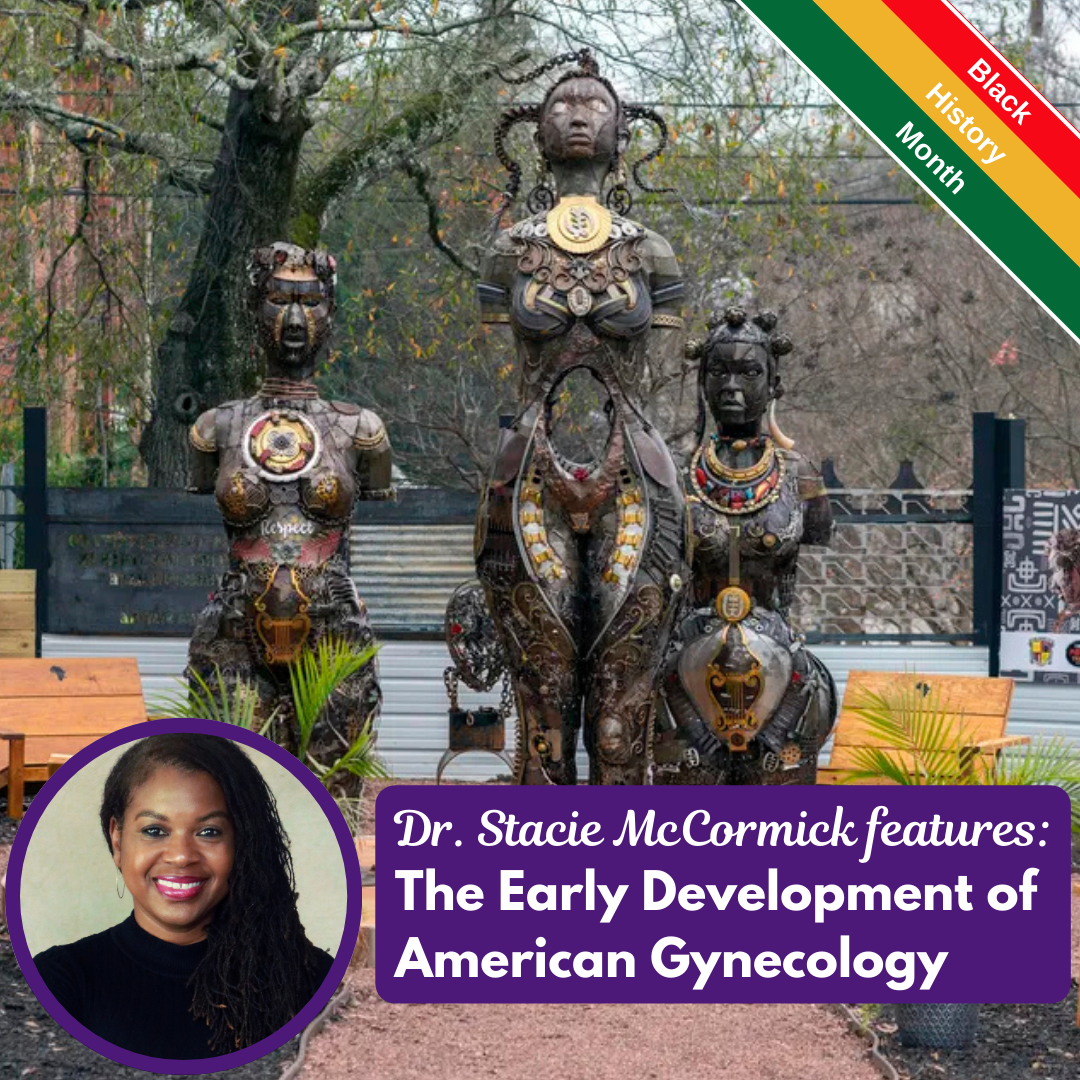
"When we have a comprehensive understanding of these histories, when we read and share their stories, we are broadening our perspective and honoring them."
Many of us know common narratives of Black History, but there is so much more to the story. I am studying Black Feminist writing for Health Justice and I have been taken with scholars such as Deirdre Cooper Owens and Harriet Washington who wrote about enslaved women, Anarcha, Lucy and Betsey who were a few of the named enslaved women who were experimented on by James Marion Sims in the early development of American Gynecology. These women were integral to the development of this branch of medicine and more people should know their names. Artists such as Michelle Browder in Montgomery, AL [have] done a great deal to honor their legacies, but we need to continue to highlight their contributions to medicine.
This event is important because so often we forget about the foundations of the practices in sites like medical institutions and educational settings that inform why we do the things we do. When we have a comprehensive understanding of these histories, when we read and share their stories, we are broadening our perspective and honoring them. One of the things that attracted me to the study of Black literature was my investment in making sure that the study of Black history and writing continued to thrive and that students could be enriched by this learning in the ways that I have.
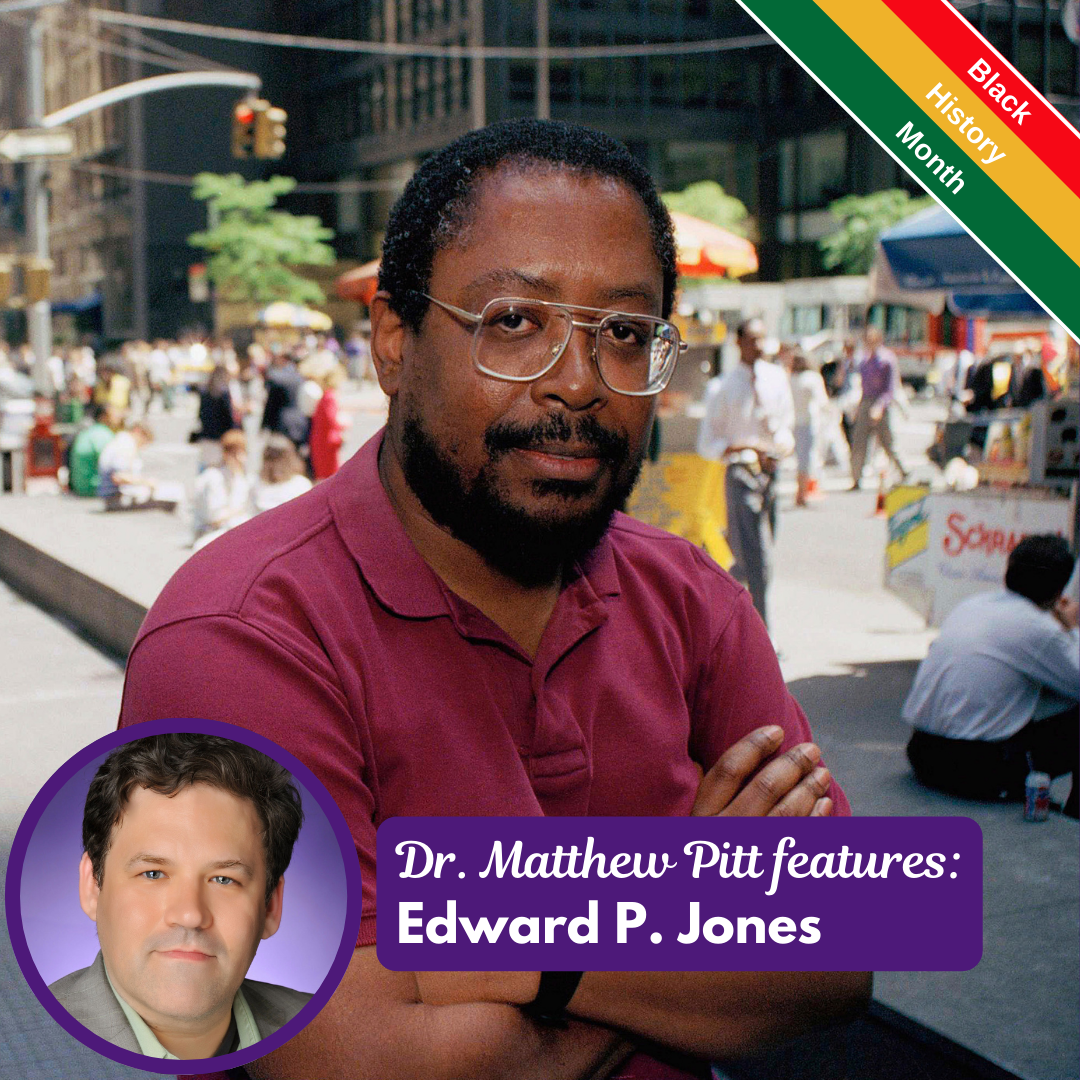 "Jones gives us a sweep of one city: its bustle, its opportunities, and pointedly,
its shortcomings and sometimes staggering obstacles."
"Jones gives us a sweep of one city: its bustle, its opportunities, and pointedly,
its shortcomings and sometimes staggering obstacles."
At the end of Black History Month, my Fiction Two: Story Cycles class will be reading the first collection by Edward P. Jones, Lost in the City. The short stories are all set in Washington, DC, and while they follow different characters and directions from tale to tale, Jones chose to arrange them chronologically, in terms of the focusing character: the youngest character featured in the first story, "The Girl Who Raised Pigeons", and the eldest in the final story, "Marie". With this choice, Jones gives us a sweep of one city: its bustle, its opportunities, and pointedly, its shortcomings and sometimes staggering obstacles.
A.O. Scott noted in the New York Times that this fiction collection—paired with Jones' second, All Aunt Hagar's Children—"do for the nation’s capital what the writings of Eudora Welty and William Faulkner did for Mississippi: bring its hidden corners, human idiosyncrasies and deep history to vivid life."
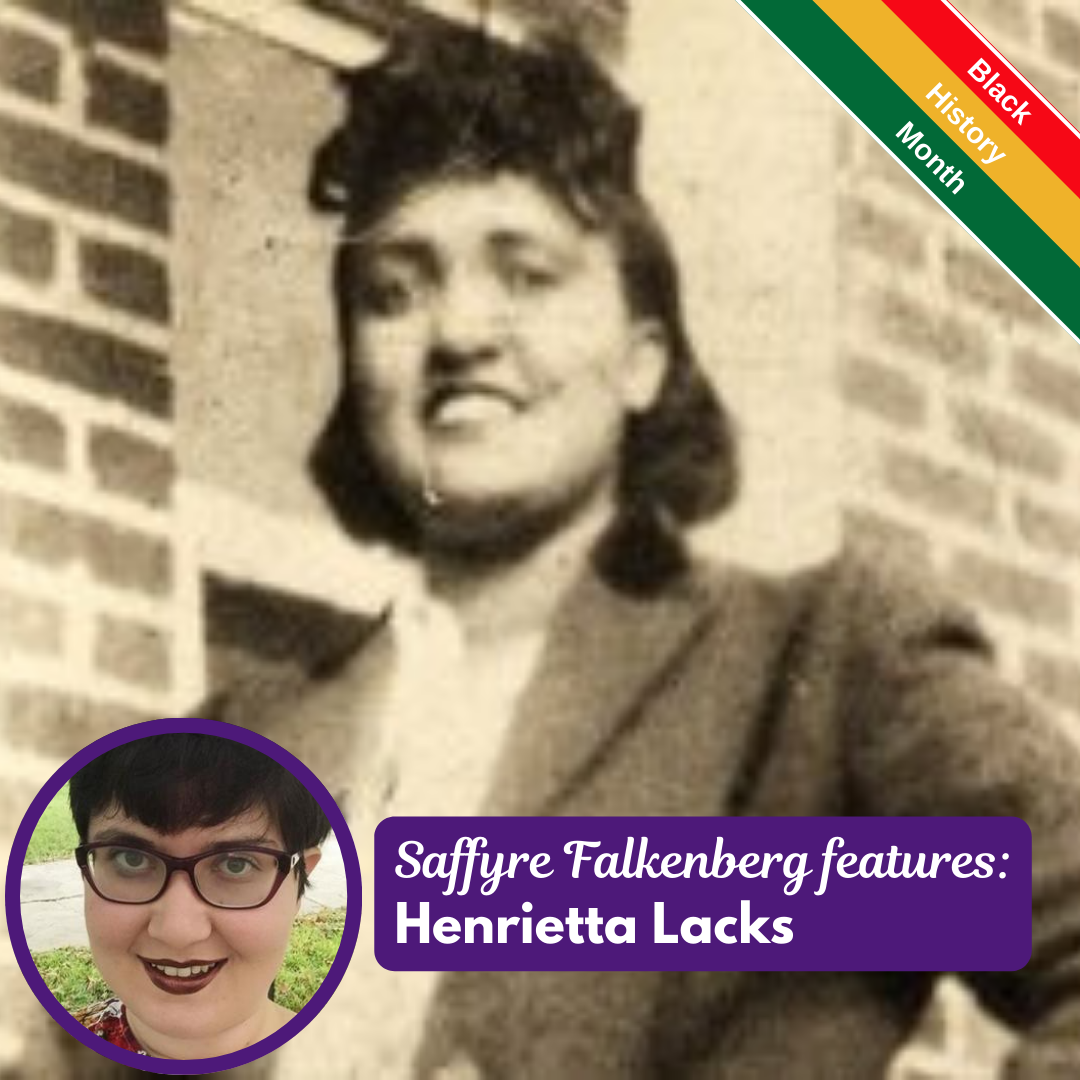 "It’s important for me to teach about her to honor her life, legacy, and personhood
and to demonstrate the impact of the intersections of race, gender, and ability."
"It’s important for me to teach about her to honor her life, legacy, and personhood
and to demonstrate the impact of the intersections of race, gender, and ability."
Henrietta Lacks, a Black woman with cervical cancer, had cells harvested during a tumor biopsy to use for research without her knowledge or consent. Later, after her death, more cells were collected during her autopsy. These cells, known as HeLa cells, were used to develop the polio vaccine and over 11,000 patents. Her family was not made aware of her cells’ use until decades later and have been fighting for reparations and Henrietta’s recognition. Her impact on modern medicine cannot be overstated. It’s important for me to teach about her to honor her life, legacy, and personhood and to demonstrate the impact of the intersections of race, gender, and ability.
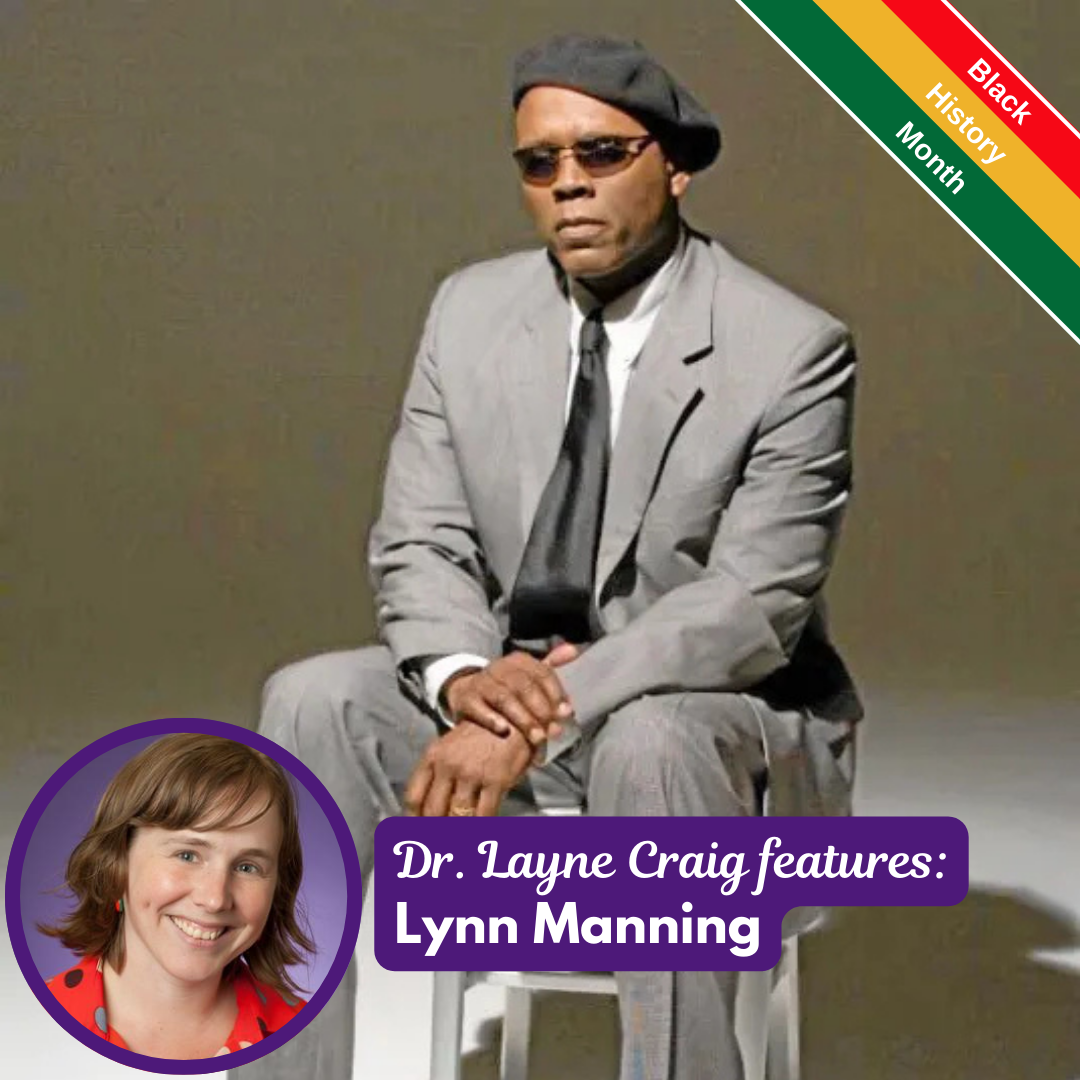 "His poem “The Magic Wand” is a classic work in disability literature because of how
evocatively it communicates his experience of navigating stereotypes associated with
Black masculinity as well as those associated with his blindness."
"His poem “The Magic Wand” is a classic work in disability literature because of how
evocatively it communicates his experience of navigating stereotypes associated with
Black masculinity as well as those associated with his blindness."
I’ll add to the list Lynn Manning, whose poem “The Magic Wand” is widely anthologized in disability studies.
Lynn Manning was a playwright, poet, and Paralympic silver medalist whose work focused on his intersectional identity as a blind Black man in the United States. He wrote autobiographically about his experiences with ableism, racism, and childhood poverty. His play Weights won a Fringe Review Theatre Award and three NAACP image awards in 2001. His poem “The Magic Wand” is a classic work in disability literature because of how evocatively it communicates his experience of navigating stereotypes associated with Black masculinity as well as those associated with his blindness. He describes the “profound metamorphosis” of strangers’ views of him when “I whip out my folded cane/and change from Black man to ‘blind man’/with a flick of my wrist.” Students in ENGL 20723 Intro to Disability Studies analyze this poem as part of our work on the importance of acknowledging the role of race and of Black disabled advocates and creators in our understanding of disability history and identity.
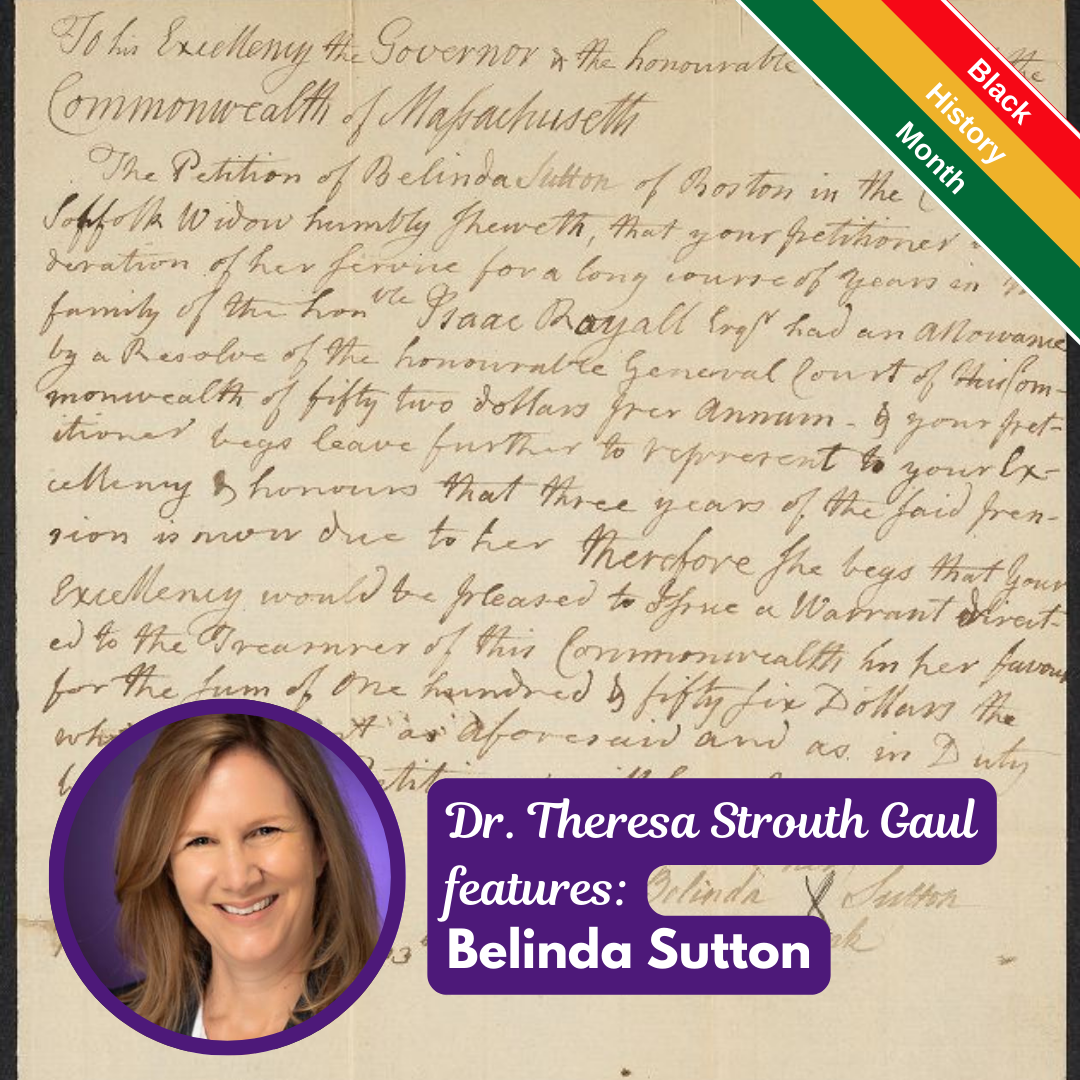 "Sutton is important to US literary history because her petition includes one of the
earliest autobiographical narratives by a woman who survived the Middle Passage."
"Sutton is important to US literary history because her petition includes one of the
earliest autobiographical narratives by a woman who survived the Middle Passage."
Belinda Sutton, a formerly enslaved woman, filed a petition in 1783 for reparations for her stolen labor from her former enslaver’s estate. Sutton is important to US literary history because her petition includes one of the earliest autobiographical narratives by a woman who survived the Middle Passage. Students in Dr. Theresa Gaul’s Life Writing in Early American Literature course are encountering Sutton’s narrative this semester. You can learn more about Sutton and her petitions here: https://royallhouse.org/slavery/belinda-sutton-and-her-petitions/
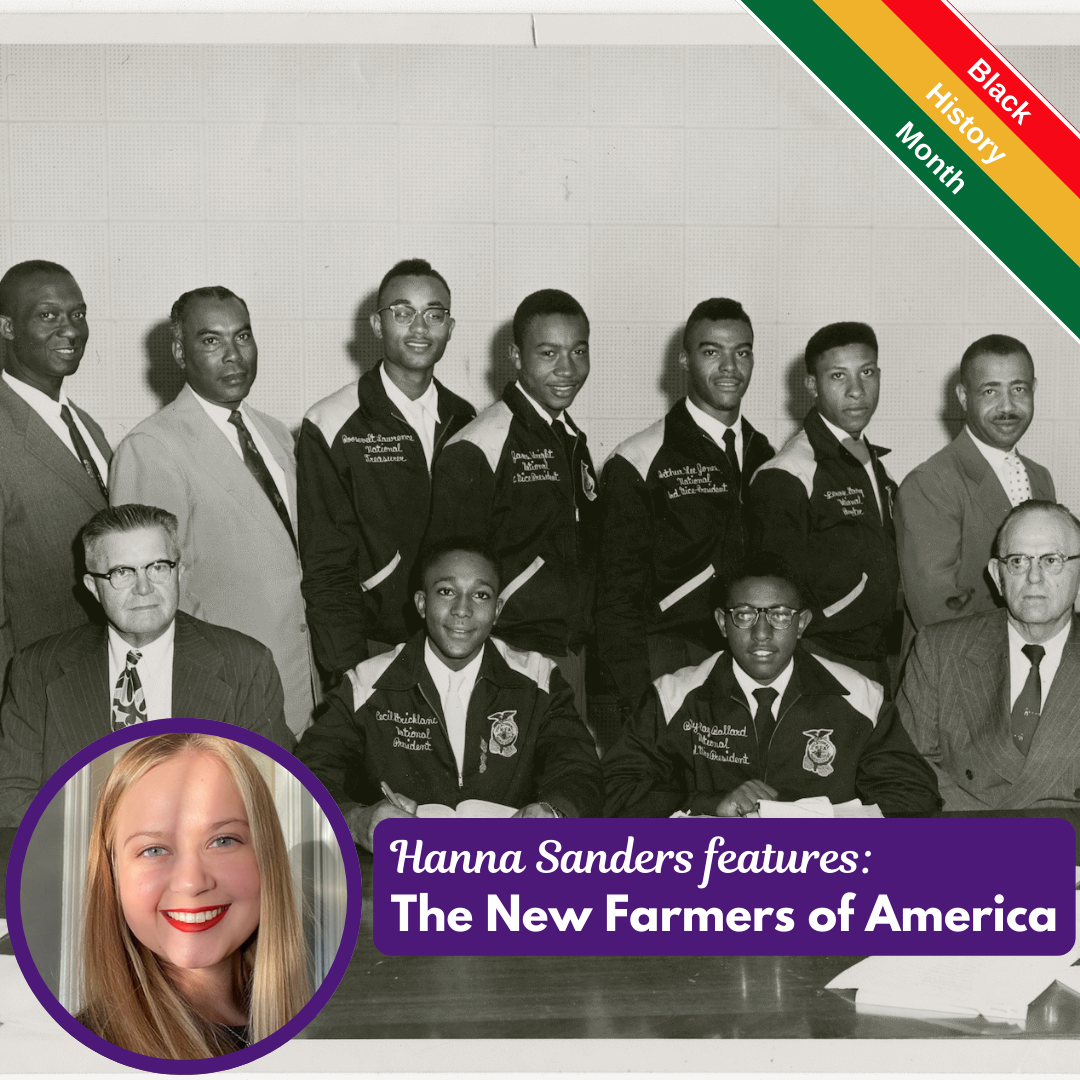
"As a rural scholar, it's important for me to research this amazing organization and advocate for its inclusion in discussions of rural rhetoric and education in order to honor their vital role in a more comprehensive agriculture education history."
"The New Farmers of America (NFA) was a national organization for Black students to support vocational agriculture education. While chapters popped up across different Southern states beginning in 1927, the NFA was officially incorporated in 1935 in Tuskegee, Alabama. The segregated Future Farmers of America (FFA) only included white male students in agriculture, but the NFA existed to ensure Black male students were receiving a strong education as well (girls were not included in either organization at this time). An early vision by Dr. H.O. Sargent, George Washington Owens, and J.R. Thomas desired for the NFA to be a strong presence in the American South—which it was until integrated into the FFA in 1965. As a rural scholar, it's important for me to research this amazing organization and advocate for its inclusion in discussions of rural rhetoric and education in order to honor their vital role in a more comprehensive agriculture education history."
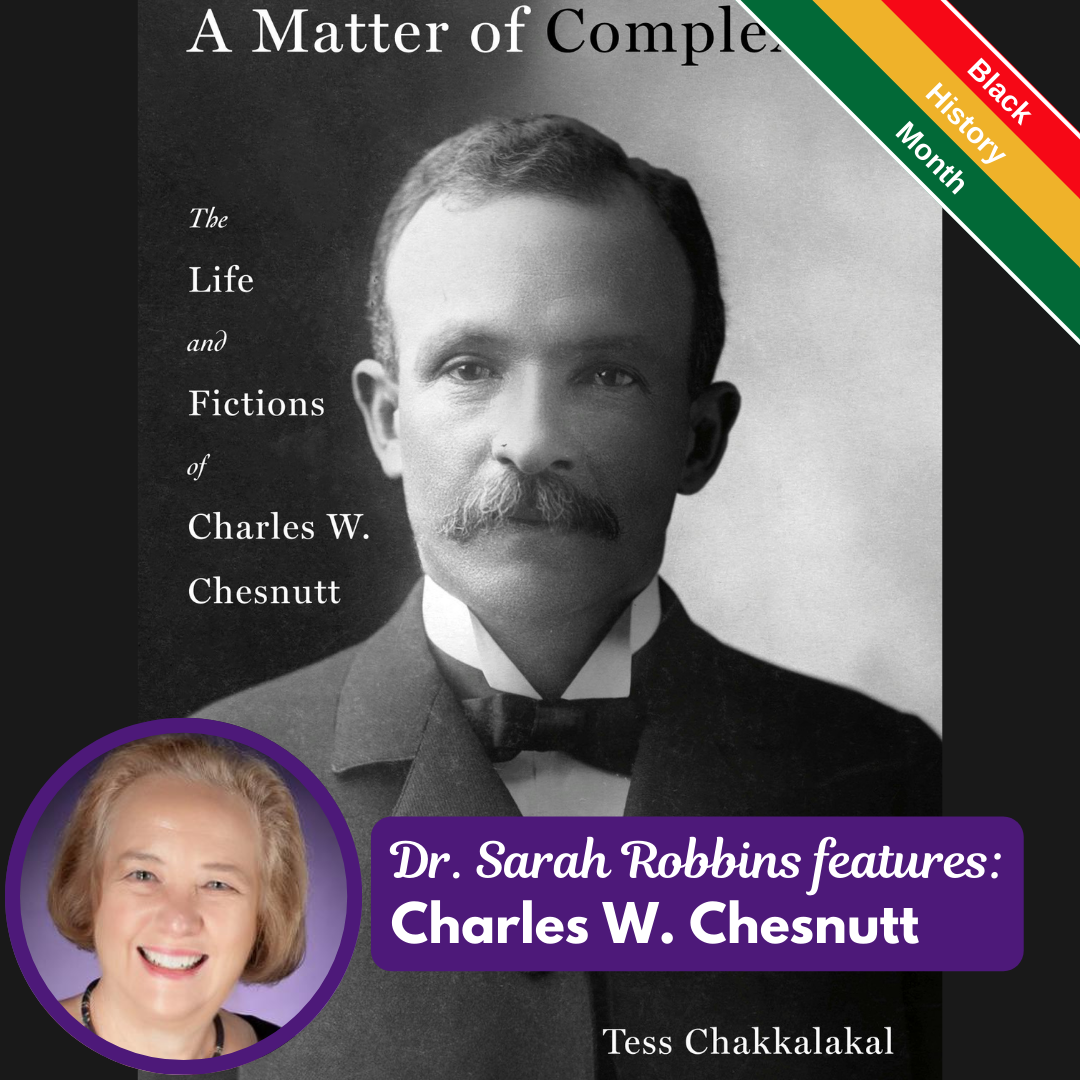 "Chesnutt’s narratives—both the short stories and his novels—make for compelling reading,
particularly in light of the many ways in which the problems associated with racial
tensions in the US in his era continue to resonate in our own time."
"Chesnutt’s narratives—both the short stories and his novels—make for compelling reading,
particularly in light of the many ways in which the problems associated with racial
tensions in the US in his era continue to resonate in our own time."
At a time of growing concerns about democracy’s value and how to protect its most important features, Charles W. Chesnutt—his life and his writings—merit attention. Chesnutt grew up in North Carolina and used his family’s experiences there and his knowledge of the area to inform much of his fiction writing. He lived most of his adult life in Ohio, where he founded a highly successful business in legal stenography. But writing was always his first love. A number of his short stories about post-Civil War North Carolina were published in the prestigious Atlantic Monthly and later collected into book entitled The Conjure Woman. A second book of short stories—The Wife of His Youth and Other Stories of the Color Line—was equally insightful and compelling in its depiction of the complex race relations of his day. He would also publish several novels and many essays, while gaining additional acclaim as a public speaker. The Marrow of Tradition, often viewed as his masterpiece novel, revisited the infamous Wilmington, NC, race riot of 1898.
Chesnutt’s narratives—both the short stories and his novels—make for compelling reading, particularly in light of the many ways in which the problems associated with racial tensions in the US in his era continue to resonate in our own time. His speeches and essays also address vital issues that still command attention, such as how to ensure open access to democratic activities, including the right to vote.
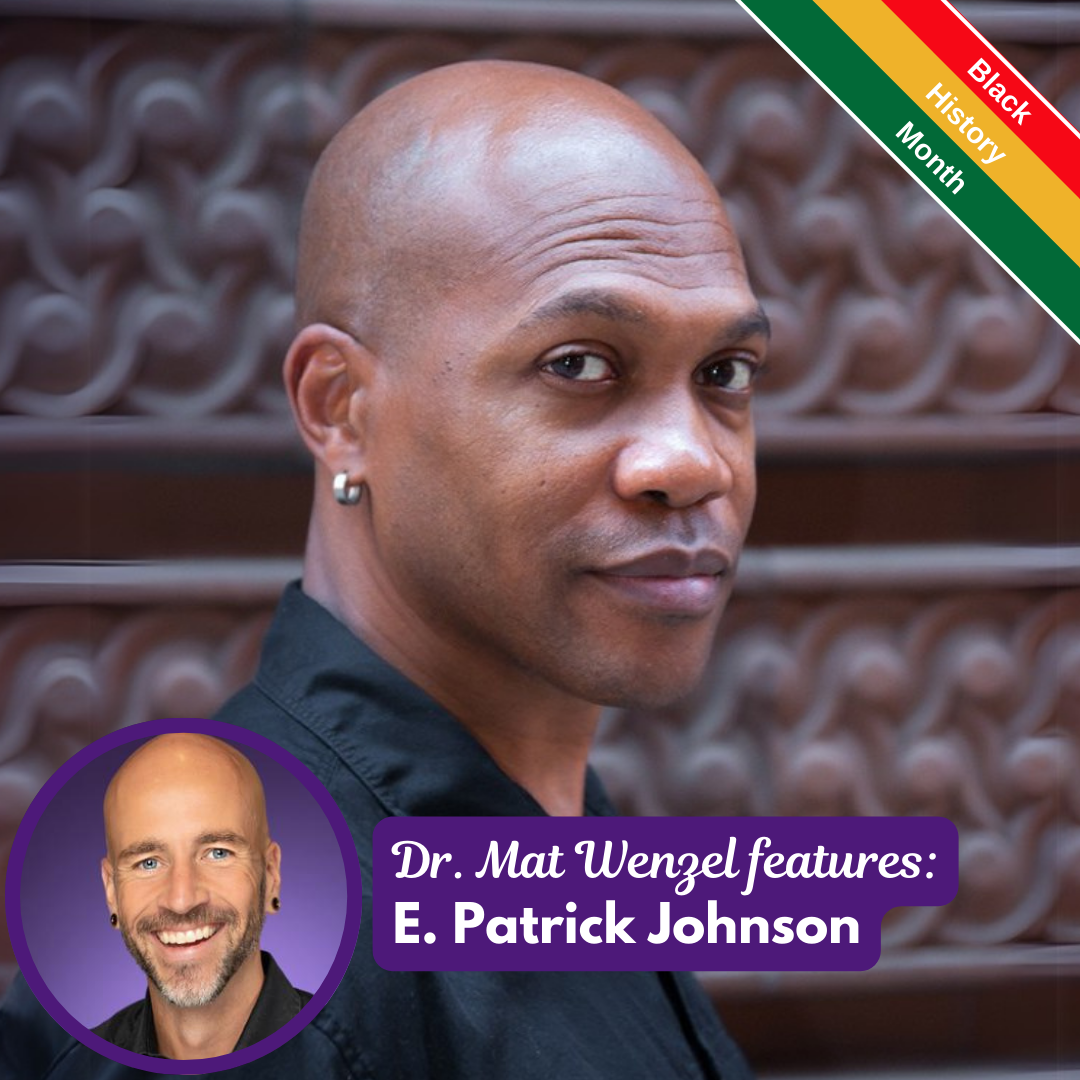 "He reminds us that ‘we must not retreat to the position that changes within the system
are impossible. The social movements of the past century are testament that change
is possible.’"
"He reminds us that ‘we must not retreat to the position that changes within the system
are impossible. The social movements of the past century are testament that change
is possible.’"
Patrick Johnson is an American academic scholar and artist best known for the "Quare" theory, which became influential in the fields of queer theory, women and gender studies, sexuality studies, and black studies."Quare" signaled a significant departure from the lack of engagement with race and class by queer theorists and with gender and sexuality among black studies scholars.
LGBT History Month: E. Patrick Johnson, Outstanding Commitment in Education
“E. Patrick Johnson’s creative, scholarly, and pedagogical work informs not only our classrooms but our public lives and activism. He reminds us that ‘we must not retreat to the position that changes within the system are impossible. The social movements of the past century are testament that change is possible’ — from E. Patrick Johnson’s ‘“Quare” Studies, Or (Almost) Everything I Know About Queer Studies I Learned From My Grandmother’”
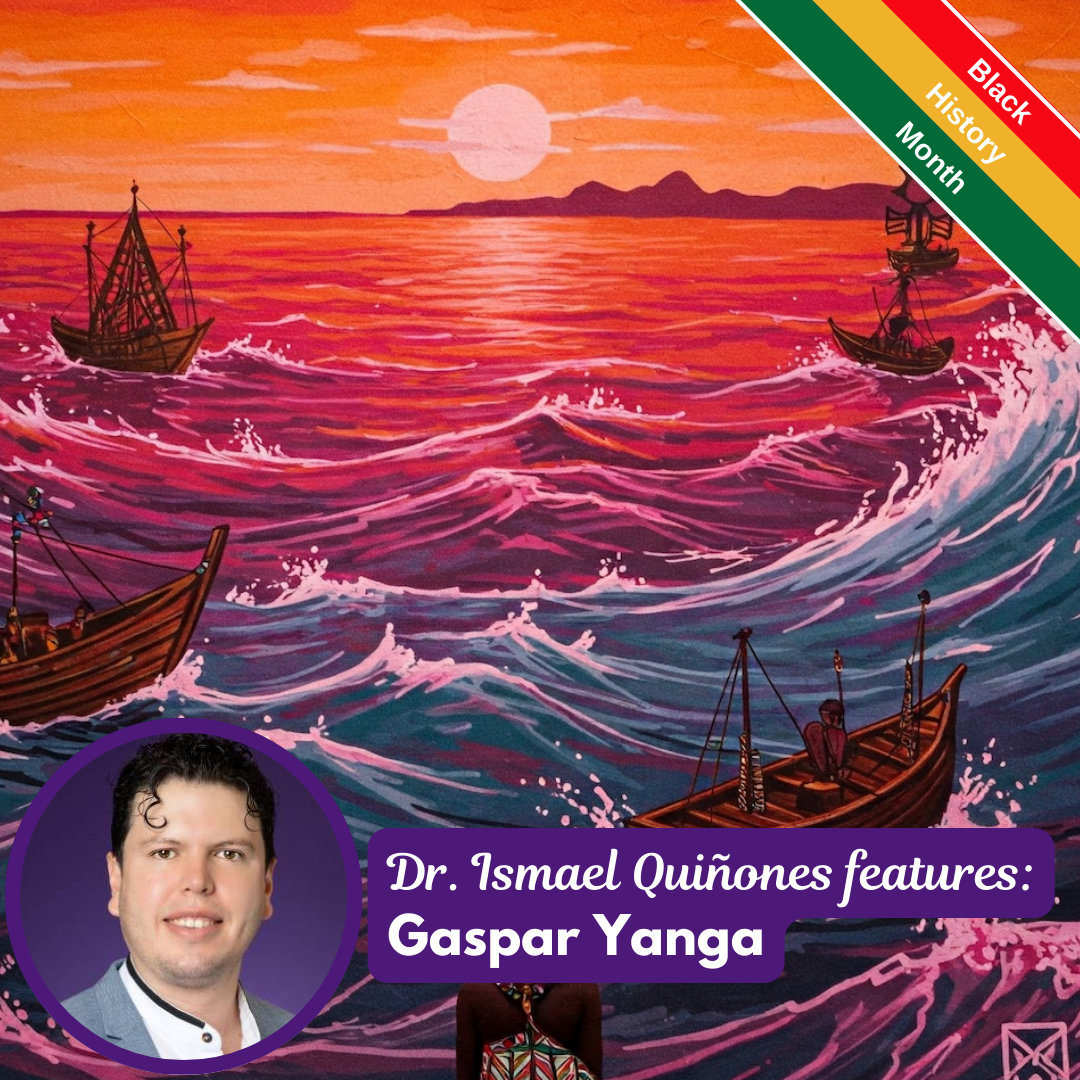 "Gaspar Yanga is called in history the first liberator of the Americas for being a
self-emancipator, a symbol of freedom, and the name of a town in Yanga, Veracruz."
"Gaspar Yanga is called in history the first liberator of the Americas for being a
self-emancipator, a symbol of freedom, and the name of a town in Yanga, Veracruz."
Gaspar Yanga among a community of women, men, and children lived in a mountainous region of Earth in today’s Orizaba, Veracruz or Ahualizapan in Nahua meaning joyous waters. Gaspar Yanga is called in history the first liberator of the Americas for being a self-emancipator, a symbol of freedom, and the name of a town in Yanga, Veracruz. Together, a nation outlasted the monarchy for two centuries. To learn more read this JSTOR article on his life, interviews with his family tree today, and more. Yanga was named one of twenty places within Earth to join UNESCO’s Networks of Place of History and Memory linked to Enslavement and the Slave Trade. Celebrate Black History Month!
The image comes from Google’s Gemini.
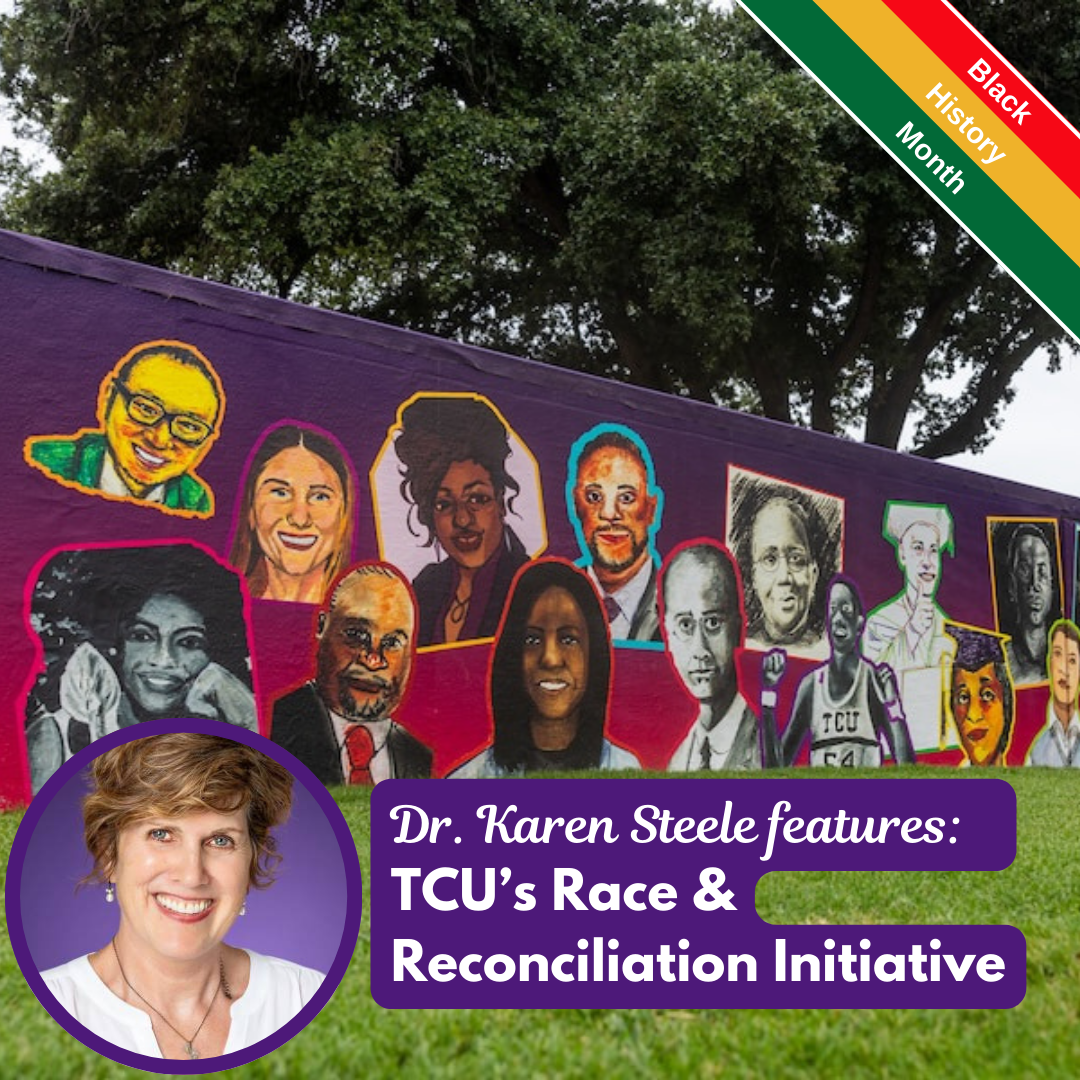 "TCU’s now-annual Reconciliation Day in the spring is a welcome opportunity for the
whole campus to hear these stories and sample the food, dance, and song of many different
cultures that make up our Horned Frog family."
"TCU’s now-annual Reconciliation Day in the spring is a welcome opportunity for the
whole campus to hear these stories and sample the food, dance, and song of many different
cultures that make up our Horned Frog family."
TCU’s Race & Reconciliation Initiative is a group that I love to talk about.
As an academically-based, historically-focused initiative designed to investigate and document TCU’s relationship with slavery, racism, and the Confederacy, the Race & Reconciliation Initiative (RRI) researches TCU’s history and raises awareness of racism and racial inequality, helping us to work toward a campus culture where everyone is respected and valued. Examining TCU’s nearly 150-year history, the RRI has focused on the histories and experiences of those whose racial identity is underrepresented on our campus, notably faculty, staff, and students who are Black, Indigenous, Latinx, and Asian Pacific American. According to Frederick Gooding, Jr., RRI’s inaugural chair, “Our study of TCU’s history will provide critical perspective, deepen understanding and result in recommendations for action and healing.”
In our inaugural year, the RRI made a series of recommendations to promote healing and rectify past injustices, and TCU has made some welcome progress on that front. See the RRI website, under Progress, for some high level changes.
For me, the most powerful, memorable, and meaningful aspect of RRI has been revisiting difficult moments in our university’s history and connecting with those whose stories were unknown or underappreciated, from Charley and Kate Thorp, an enslaved couple who contributed substantially to TCU’s founding years, to Ronnie Hurdle, TCU’s first Black cheerleader. TCU’s now-annual Reconciliation Day in the spring is a welcome opportunity for the whole campus to hear these stories and sample the food, dance, and song of many different cultures that make up our Horned Frog family. (See this link for video highlights of Reconciliation Day.)
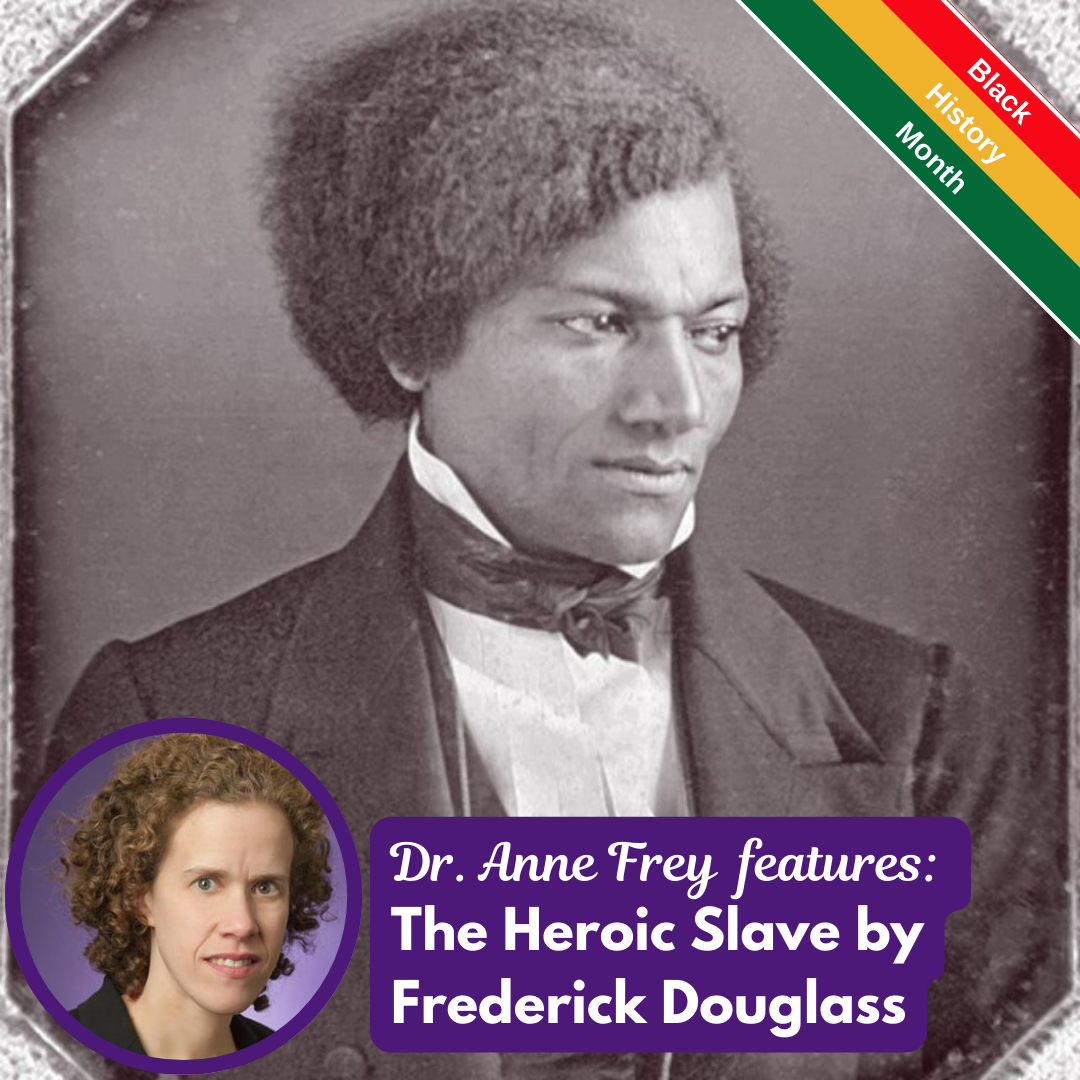
"In ENGL 20703 Intro to Law and Literature, we read “The Heroic Slave,” Frederick Douglass’s story about this case, alongside other stories that portray slave-ship mutinies and subsequent legal cases to argue for abolition."
The 1841 Creole mutiny served as a crucial test of international law’s ability to counter slavery. American slaves, led by Madison Washington, took control of the ship (killing one slave owner) and ordered the crew to sail to the Bahamas, where slavery was illegal. British courts there ruled that Washington and his fellow enslaved Americans had been wrongly deprived of their liberty, and so had the right to free themselves. In ENGL 20703 Intro to Law and Literature, we read “The Heroic Slave,” Frederick Douglass’s story about this case, alongside other stories that portray slave-ship mutinies and subsequent legal cases to argue for abolition.
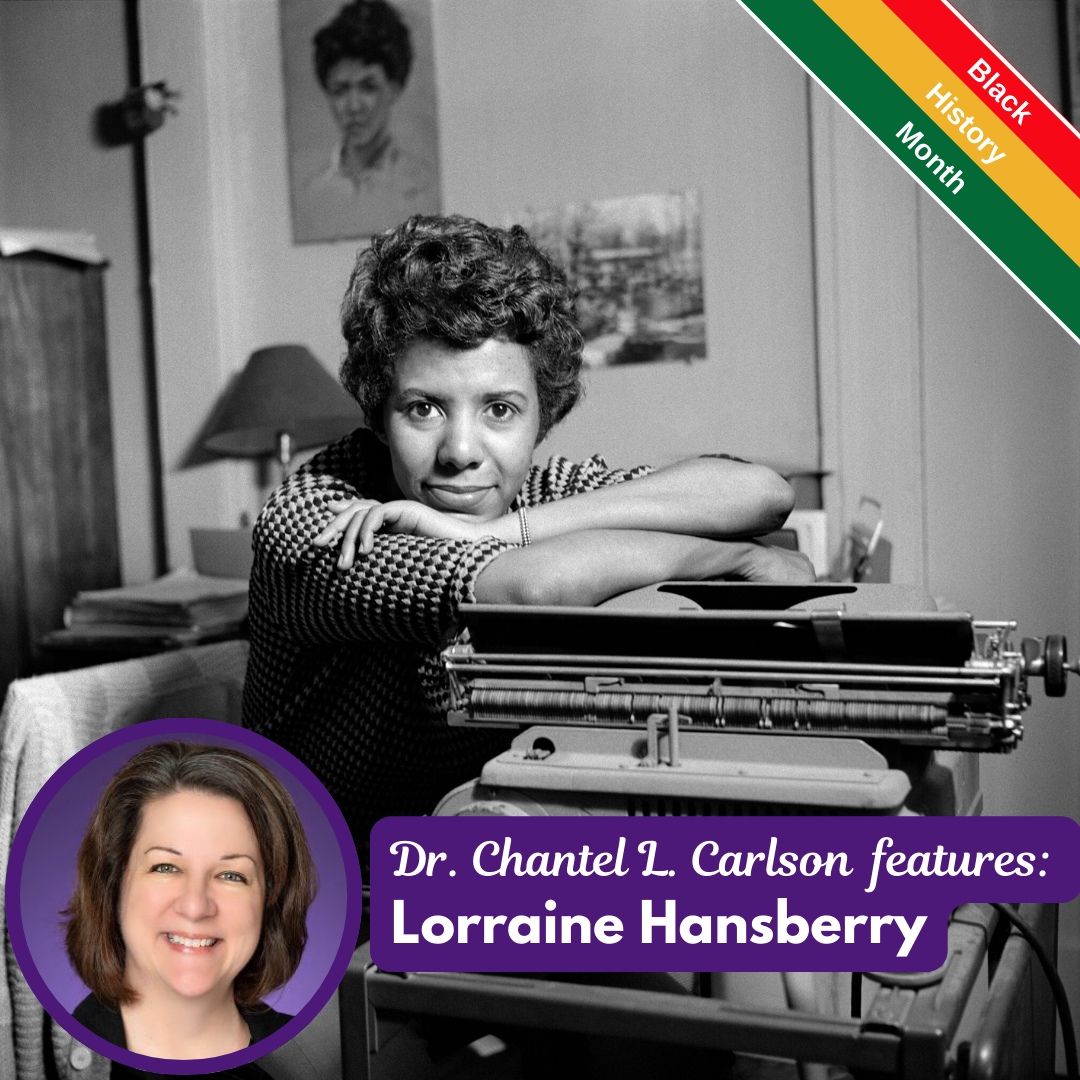 "Hansberry made an indelible mark on American drama. She used her writing as a form
of agency, as a way of giving voice to power, oppression, and identity – and her legacy
continues to resonate and inspire writers today."
"Hansberry made an indelible mark on American drama. She used her writing as a form
of agency, as a way of giving voice to power, oppression, and identity – and her legacy
continues to resonate and inspire writers today."
Lorraine Hansberry was the first African American female playwright to have her play, A Raisin in the Sun, produced on Broadway in 1959. Its title comes from Langston Hughes’s poem “Harlem,” whose opening line, “What happens to a dream deferred?” is a central conflict for the Younger family living in Southside Chicago sometime between WWII and the late 1950s. In interviews about the play, Hansberry has talked about how her characters were inspired by members of her own family, including herself through the character of Beneatha, as well as her own lived experiences of racism in America. The play ran for over 500 performances, was nominated for four Tony Awards, and won the New York Drama Critics’ Circle award for best play in 1959. James Baldwin wrote, "I had never in my life seen so many black people in the theater. And the reason was that never before, in the entire history of the American theater, had so much of the truth of black people's lives been seen on the stage” ("Sweet Lorraine," featured in To Be Young, Gifted and Black).
During her short 34-year life, Hansberry made an indelible mark on American drama. She used her writing as a form of agency, as a way of giving voice to power, oppression, and identity – and her legacy continues to resonate and inspire writers today. In 2022, The Lorraine Hansberry Initiative was launched by “the Lillys” including Lynn Nottage, the first woman in history to win two Pulitzer Prizes for Drama. The initiative’s goal is to continue to honor Hansberry’s legacy by “keep[ing] the current national conversation about race, justice, and economic equality going” (https://lorrainehansberryinitiative.org/the-need/). As part of this initiative, Alison Saar created the following sculpture, writing, “So I invite you to take a seat. Congregate with friends to read poems or sing songs of resistance. Gather with strangers to share ideas and dreams. Come alone and be inspired by the brilliance of Lorraine Hansberry. Be inspired to find your own brilliance, be inspired to contribute to the Lorraine Hansberry Initiative to support women and non-binary artists of color, gift them the time and the space…to sit a while and think” (https://lorrainehansberryinitiative.org/sculpture/).
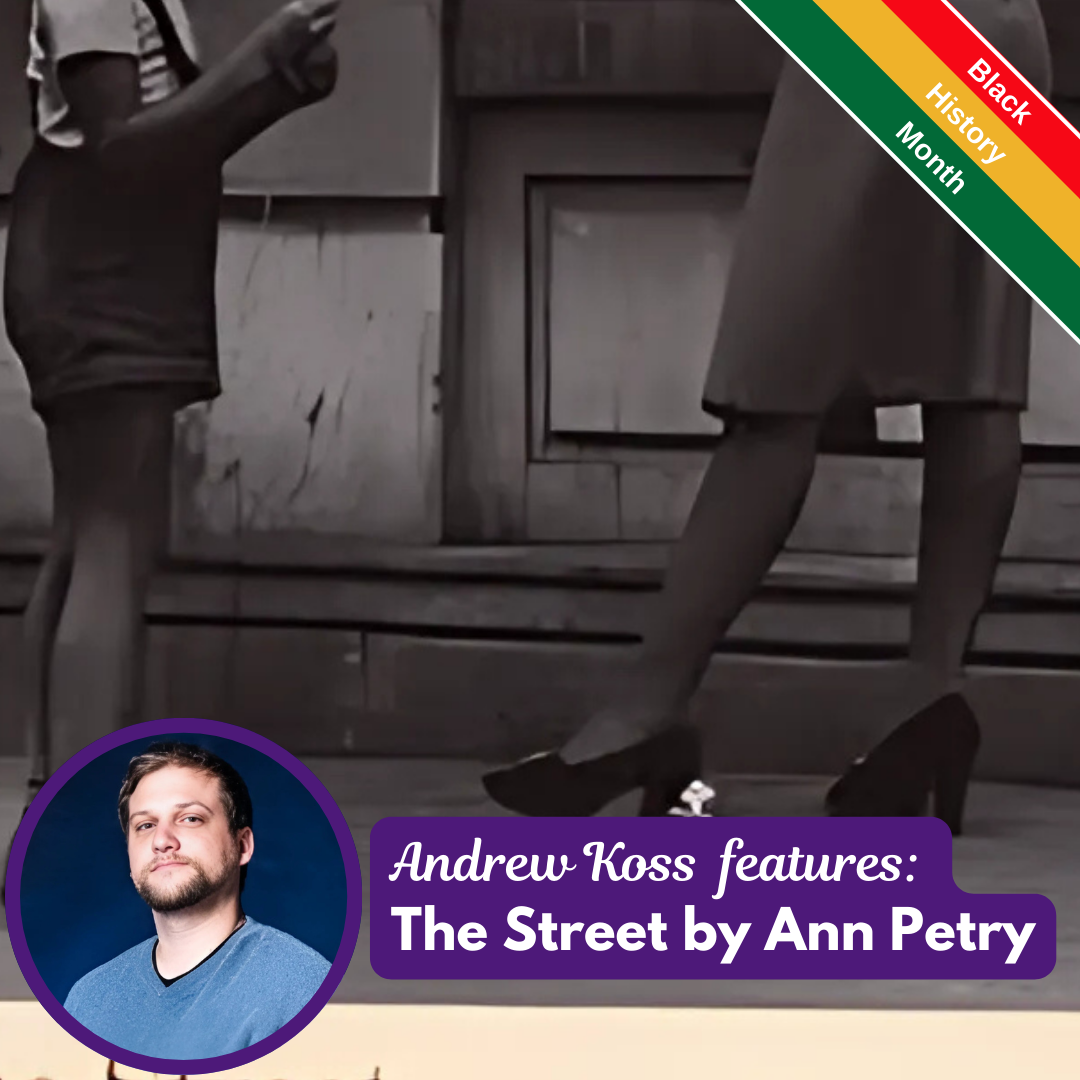 "Perhaps the most important thing about Petry's novel is how relevant the subject
matter still is today.
"Perhaps the most important thing about Petry's novel is how relevant the subject
matter still is today.
In my "Reading as a Writer" course, I teach Ann Petry's novel, The Street. Petry's depiction of Harlem in the 1940s is a frightening and eye-opening look at the institutional mechanisms that oppress African Americans and others living in poverty. Despite being from a middle-class background, Petry is able to imagine herself in the shoes of characters who try to get by on very meager incomes. Perhaps the most important thing about Petry's novel is how relevant the subject matter still is today.